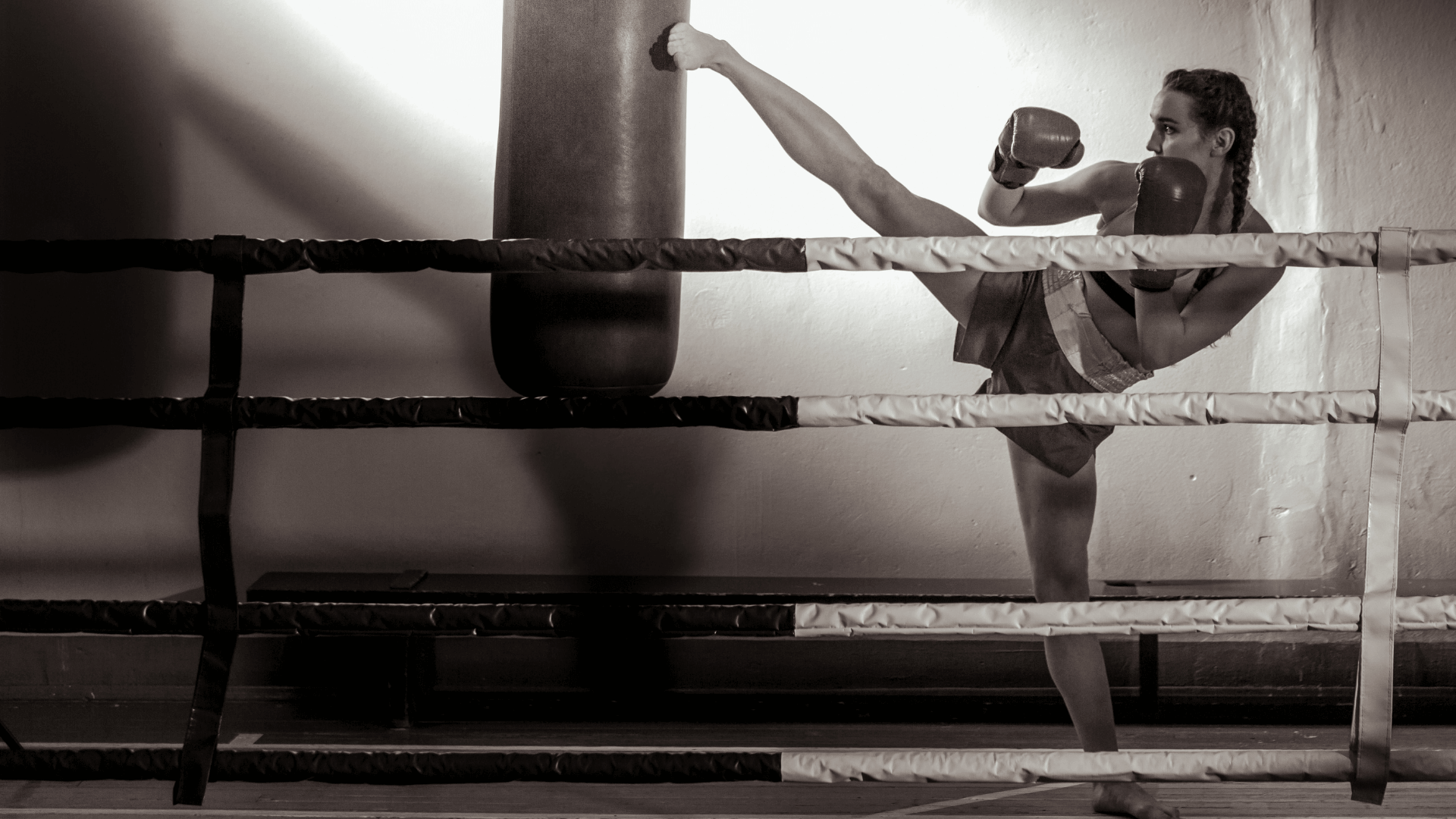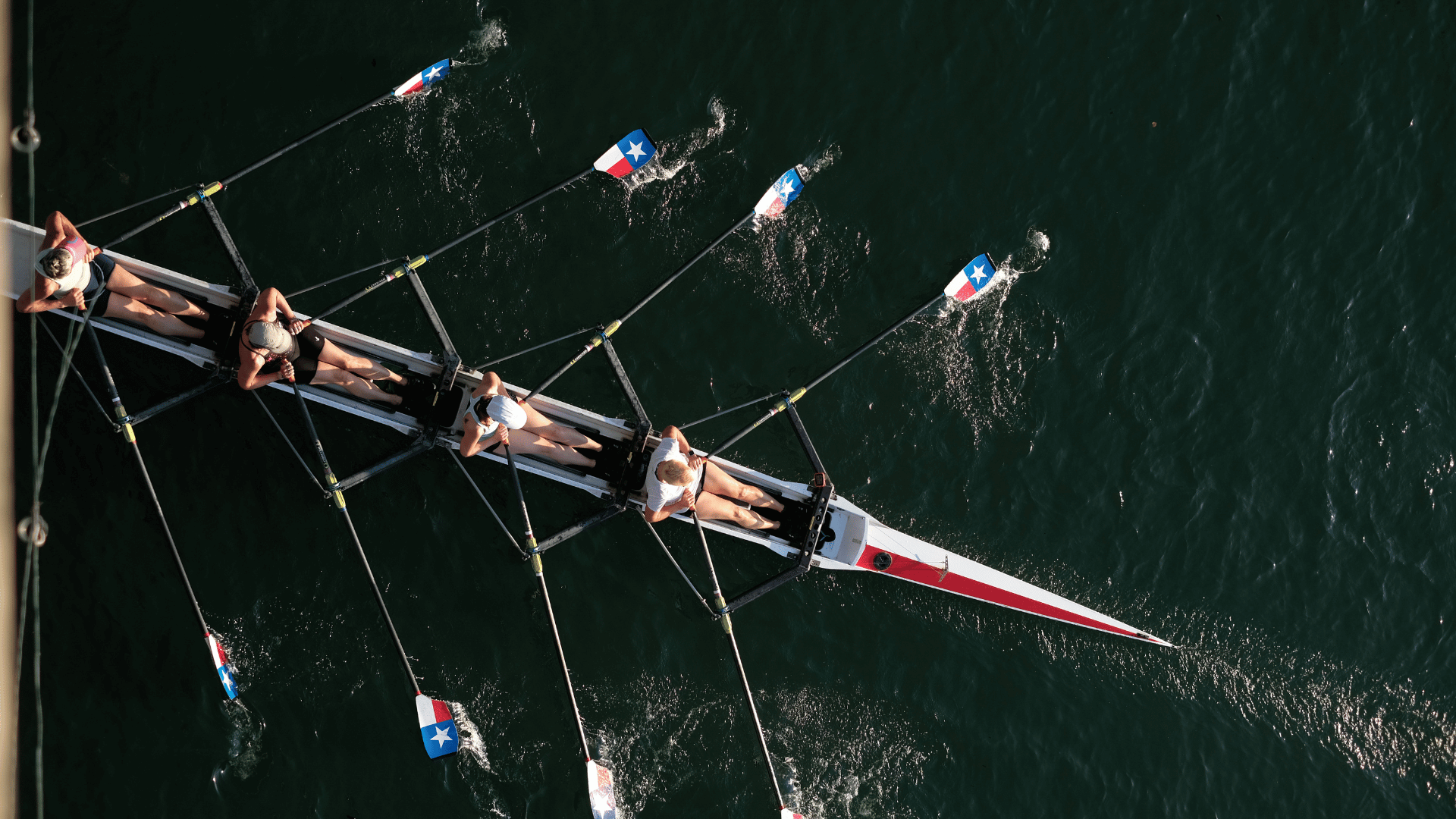Looking to maximize your caloric expenditure? Discover the most effective sports activities for burning calories in just half an hour.
Things to remember:
↳Running dominates the ranking thanks to its full-body approach
↳Activities involving large muscle groups are the most energy-intensive
↳Intensity of effort is the determining factor in caloric expenditure
Scientists use METs (Metabolic Equivalent of Task) to precisely measure the caloric expenditure of different physical activities. This standardized unit represents the ratio between the energy expenditure of an activity and the basal metabolic rate at rest.
One MET is equivalent to oxygen consumption at rest, i.e. around 3.5 ml/kg/min.
The formula for calculating calories burned is: Calories = MET × Weight (kg) × Time (hours)
A reliable scientific source for MET values (metabolic equivalents) by sporting activity is the Compendium of Physical Activities. The most recent version, published in 2024, is available online: 🔗 Compendium of Physical Activities - 2024
This compendium, edited by Dr. Barbara E. Ainsworth and her team, provides a comprehensive list of categorized physical activities, each accompanied by its MET value.
The top 30 most effective sports
Here is the ranking of sports activities that burn the most calories in 30 minutes, based on official MET values from the Compendium of Physical Activities:
Top 15 sports that burn the most calories
1. Running 22.5 km/h (2:40/km) - 23.0 METs
Running at very high speeds puts intense demands on all muscle groups and the cardiovascular system. This pace corresponds to the level of an elite runner and requires exceptional physical condition.
Calories burned in 30 minutes :
- Men 80kg: 920 calories
- Woman 60kg: 690 calories
2. Running 20.9 km/h (2:52/km) - 19.8 METs
This speed remains within the realm of competitive running. The effort is near-maximal, mobilizing the entire metabolism to provide the energy required for this performance.
Calories burned in 30 minutes :
- Men 80kg: 792 calories
- Woman 60kg: 594 calories
3. Running 19.3 km/h (3:06/km) - 18.5 METs
Half-marathon pace for a highly trained runner. The high intensity maintained over time requires high oxygen consumption and energy expenditure.
Calories burned in 30 minutes :
- Men 80kg: 740 calories
- Woman 60kg: 555 calories
4. Track race 500-1500m - 18.0 MET
Half-distance track races combine speed and endurance. Anaerobic lactic effort predominates, creating a significant oxygen debt that considerably increases caloric expenditure.
Calories burned in 30 minutes :
- Men 80kg: 720 calories
- Woman 60kg: 540 calories

5. Intensive logging - 17.5 MET
Axe work is a massive workout for trunk, arm and leg muscles. The high-intensity repetitive effort (51 strokes/minute) creates an exceptional energy expenditure comparable to elite endurance sports.
Calories burned in 30 minutes :
- Men 80kg: 700 calories
- Woman 60kg: 525 calories
6. Running 17.7 km/h (3:23/km) - 16.8 METs
Fast running pace for experienced runners. This maintained speed places a high demand on the aerobic system, while remaining within a sustainable effort zone for a trained runner.
Calories burned in 30 minutes :
- Men 80kg: 672 calories
- Woman 60kg: 504 calories
7. Cycling >32 km/h - 16.8 METs
Cycling at very high speeds requires a great deal of power to overcome the exponentially increasing air resistance. Leg muscles work continuously at high intensity.
Calories burned in 30 minutes :
- Men 80kg: 672 calories
- Woman 60kg: 504 calories
8. Running 16.1 km/h (3:43/km) - 16.8 METs
Fast jogging pace for regular runners. This speed enables you to maintain a sustained effort while remaining in a high aerobic zone, optimizing fat and carbohydrate combustion.
Calories burned in 30 minutes :
- Men 80kg: 672 calories
- Woman 60kg: 504 calories
9. Cycling >325W - 16.3 METs
325 watts corresponds to a very intense cycling effort. This high resistance forces the muscles to perform significant mechanical work, generating high energy consumption.
Calories burned in 30 minutes :
- Men 80kg: 652 calories
- Woman 60kg: 489 calories

10. Mountain bike racing - 16.0 MET
Competition mountain biking combines intense cardiovascular effort with significant muscular effort to overcome obstacles and gradients. The instability of the terrain adds proprioceptive work which increases energy expenditure.
Calories burned in 30 minutes :
- Men 80kg: 640 calories
- Woman 60kg: 480 calories
11. Cross-country skiing 19-26 km/h - 16.0 METs
High-speed cross-country skiing simultaneously mobilizes arm and leg muscles in a total propulsion movement. This high-paced double-push technique generates maximum energy expenditure.
Calories burned in 30 minutes :
- Men 80kg: 640 calories
- Woman 60kg: 480 calories
12. Freediving - 15.8 METs
Rapid freediving combines intense swimming effort with the physiological stress of apnea. The body must manage the oxygen economy while maintaining a high level of muscular effort, creating high metabolic stress.
Calories burned in 30 minutes :
- Men 80kg: 632 calories
- Woman 60kg: 474 calories
13. Indoor rowing in competition - 15.5 METs
Indoor rowing at competition speeds demands 85% of muscle mass in a complete and powerful movement. The ergometer's high resistance forces you to develop considerable strength with each stroke.
Calories burned in 30 minutes :
- Men 80kg: 620 calories
- Woman 60kg: 465 calories
14. Roller 24 km/h - 15.5 MET
Rollerblading at 24 km/h requires continuous propulsion of the legs, with the stabilizing muscles working hard. Coordination and dynamic balance add an extra energy component to the basic effort.
Calories burned in 30 minutes :
- Men 80kg: 620 calories
- Woman 60kg: 465 calories
15. Cross-country mountain skiing - 15.5 MET
Cross-country skiing in mountainous terrain combines the technical effort of Nordic skiing with the constraints of uneven terrain. The climbs put intense strain on the postural and locomotor muscles in a sustained effort.
Calories burned in 30 minutes :
- Men 80kg: 620 calories
- Woman 60kg: 465 calories

But many factors influence caloric expenditure
Caloric expenditure varies according to several parameters:
- Body weight: the more you weigh, the more calories you burn. An 85kg person will burn around 21% more calories than a 70kg person for the same activity.
- Intensity of effort: MET values can vary significantly according to intensity. Cycling, for example, varies from 4 METs (leisure) to 15.8 METs (competition).
- Technique and efficiency: an experienced athlete may be more energy-efficient, but often compensates with higher intensity.
To maximize the benefits of a 30-minute calorie-burning workout:
- Consider the after-burn effect: intensive exercise continues to burn calories after exercise thanks to EPOC (Excess Post-Exercise Oxygen Consumption).
- Focus on intensity: high-MET activities are more effective than long, low-intensity sessions.
- Vary your activities: alternate between different sports to avoid adaptation and maintain motivation.
However, don't forget that regularity takes precedence over intensity: it's better to do an activity you enjoy 3 times a week than an exhausting one once.
How do you manage your protein intake when you want to dry out?
There are a number of scientifically established reasons why protein intake deserves special attention in weight-loss or weight-loss training.
Preservation of muscle mass: during a caloric deficit, the body draws on its energy reserves, potentially including muscle tissue. Adequate protein intake (1.6 to 2g per kg bodyweight) helps maintain lean body mass, essential for preserving basal metabolic rate.
Satiety-enhancing effect of proteins: proteins have a high satiating power compared to carbohydrates and lipids. They stimulate the production of satiety hormones such as GLP-1, facilitating portion control and appetite management.
Energy cost of digestion: the thermal effect of proteins represents 20-30% of their caloric value, compared with 5-10% for carbohydrates and 0-5% for lipids. This additional energy expenditure supports the calorie deficit objective.
Distribution and timing: to optimize protein synthesis, spread the intake over 3-4 intakes of 20-30g for better utilization by the body. Including a protein source with each meal also stabilizes blood sugar levels.
Quality sources: complete proteins (eggs, poultry, fish, legumes combined with cereals, whey protein) guarantee an optimal amino acid profile for muscle maintenance.
Scientific sources :
Herrmann, S. D., et al. (2024). "2024 Adult Compendium of Physical Activities: A third update of the energy costs of human activities." Journal of Sport and Health Science














